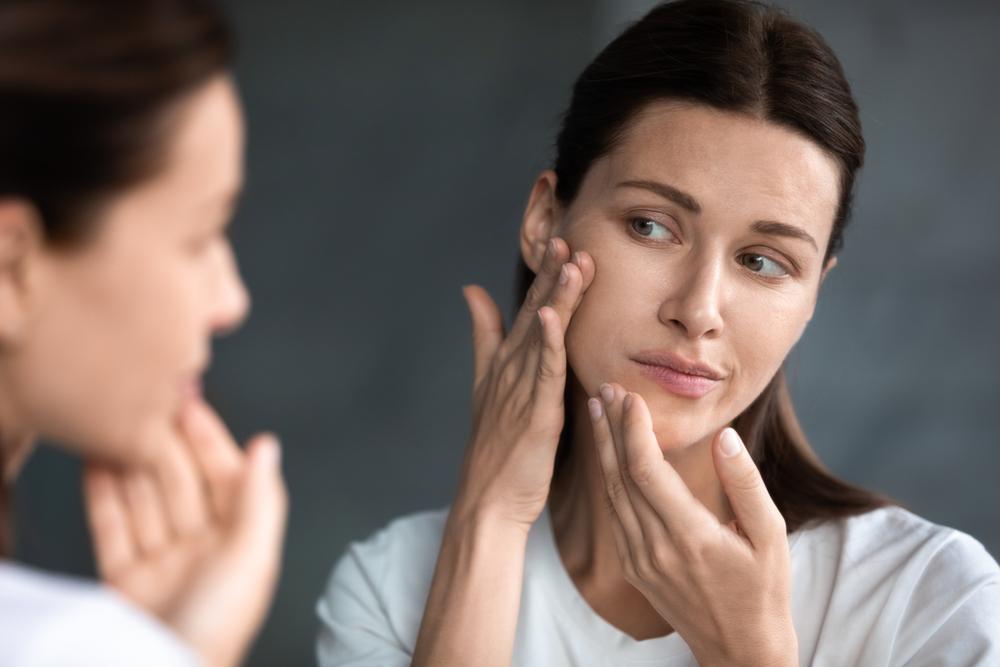Dr. Audrey Kunin’s advice settles an age-old skin care argument once and for all: Should we use chemical exfoliators like glycolic acid or physical ones like terry cloth? Both are essential, she says, because skin cells are held together in two ways, making each method of exfoliation a necessary part of your routine.

Dr. Kunin is a dermatologist in Kansas City, Missouri. She is also an author and founder of DERMAdoctor. Courtesy of Dr. Kunin






